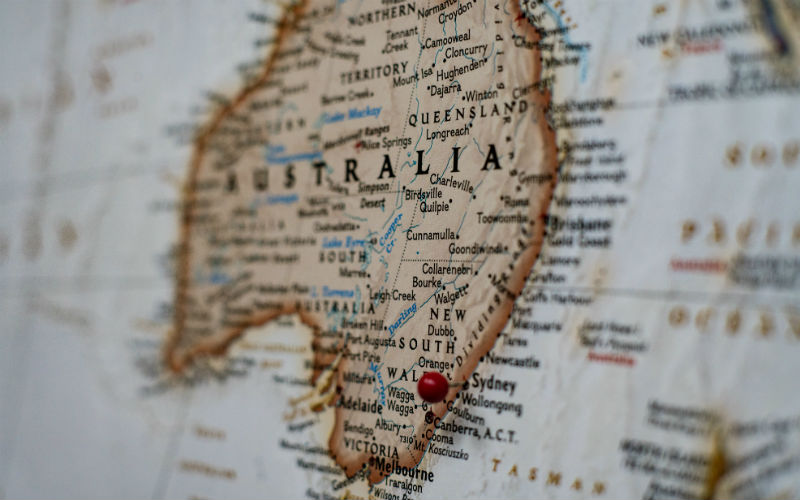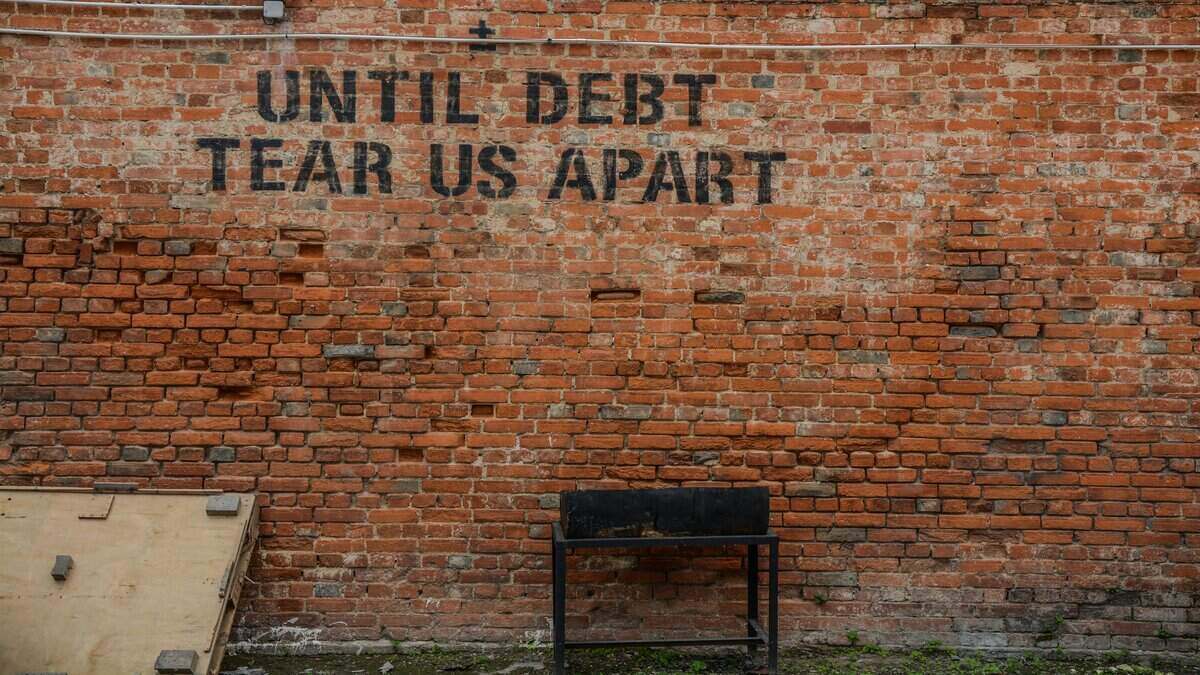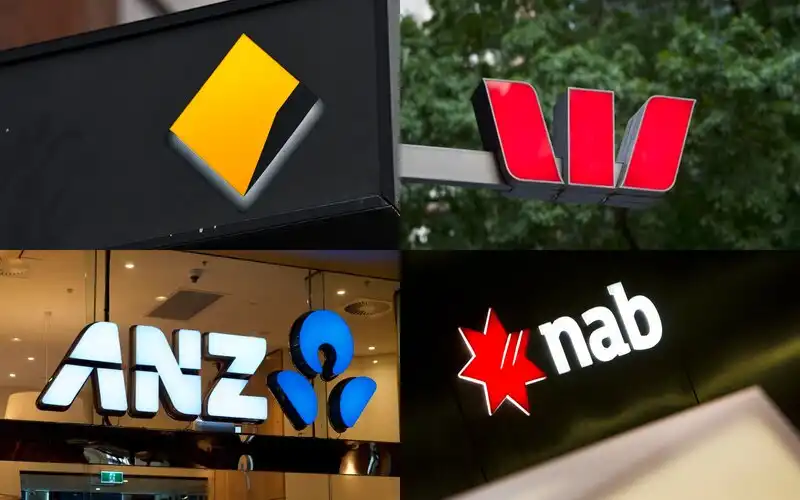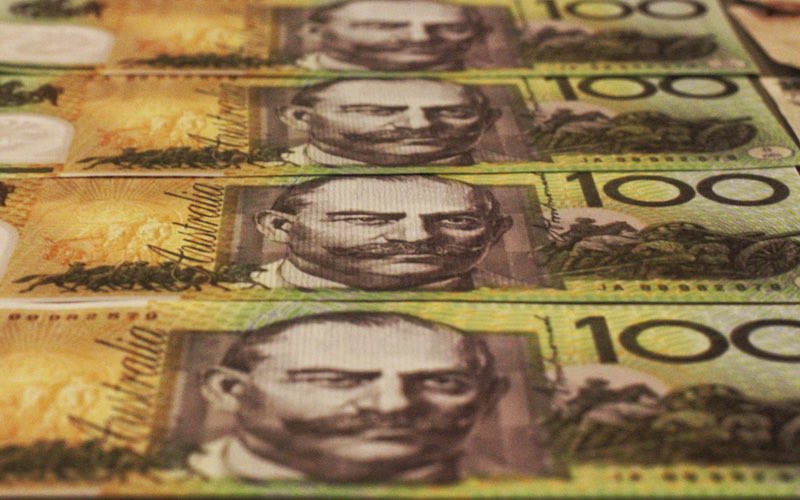According to the CoreLogic Home Value Index (HVI), the median property price in Australia rose 0.5% through July.
It's the usual suspects driving growth - Perth remains the standout with prices gaining another 2% through July, followed by Adelaide (up 1.8%), Brisbane (up 1.1%) and Sydney (up 0.3%).
In all four locations, unit price growth outpaced houses, both through the month and the quarter ending July.
CoreLogic Research Director Tim Lawless said this was unsurprising given houses in many locations are becoming increasingly unaffordable.
"Most cities now have a median house value that is at least 1.5 times higher than the median unit value," he said.
"With stretched housing affordability, lower borrowing capacity and a lift in both investor and first home buyer activity, it's not surprising to see the unit sector outperforming for a change."
Melbourne has continued to be the weakest-performing capital city property market with a price slump of -0.4% over the month, and +0.2% over the year. Inflation, in contrast, over the past 12 months has been 3.8%.
CoreLogic points to the latest ABS dwelling approvals data as an indicator of a supply crunch across most cities, down 6.5% over June, raising red flags for the government's ambitious pledge to build 1.2 million homes by 2029.
Melbourne, however, remains the only city in Australia where supply is outstripping demand.
It's fourth in the capital city rankings, at a median dwelling value of $781,949; Adelaide is only $5,400-odd behind, while Perth is about $8,000 behind.
Investors returning
Since bottoming out in January last year, dwelling values have now risen 13.5%, showing demand continues to stay ahead of supply.
According to the latest lending indicator figures from the ABS, demand is increasingly being driven by investors returning to the market.
The value of new investment loans rose 29.5% comparing May '24 to May '23, compared to 12.2% for owner occupier loans.
About 37% of the roughly $28.8 billion worth of new home loans written in May were for investors, the highest since June 2017.
In those hottest markets, this is even more pronounced - the value of new investment loans grew 48% from May '23 in Queensland, 34% in South Australia and a monstrous 74% in the ever booming Western Australia.
"Investor demand tends to seek out capital growth, so it's no surprise to see such an upswing in markets like Western Australia and Queensland where values are rising rapidly and yields tend to be higher than [Sydney and Melbourne]," Mr Lawless said.
Property investors might be further put off NSW in particular after the announcement earlier this week that the Minns Government intends to ban 'no ground' evictions.
A similar announcement in the ACT last April was followed by dwindling investment activity, although CoreLogic Head of Research Eliza Owen says this could have been a coincidence.
"Capital gains in the Territory have been relatively weak in the period and there are some indications this market is slightly oversupplied," she explained.
Her research concluded there isn't a substantial correlation between tenancy reform and investor activity.
"Dynamics in the rental market are still overwhelmingly driven by broader economic and demographic factors of supply and demand, rather than tweaks to tenancy laws," she said.
Time to buy a unit?
Traditionally, a house is seen as a safer investment than a unit, with more stable demand and a bigger slice of land - which is what tends to appreciate in value most.
Cheaper properties are also performing more strongly than expensive ones as affordability ceilings are hit across many regions - lower quartile dwelling values are up 3.3% over the past three months compared with a 0.8% increase in upper quartile values.
However, the supply side might also suggest the potential for continued strong returns for townhouses or apartments.
The most recent building approvals showed the number of private sector dwellings excluding houses approved for construction dropped 19.7% in June, declining 22.1% through the year.
Conversely, the number of private sector houses approved rose 11% over the 12 months to June.
However, as Mr Lawless points out, residential construction costs seem to have stabilised - the most recent CoreLogic Construction Costs Index showed the slowest annual pace in 22 years.
"Although the cost to build isn't reducing, the slower pace of growth should provide builders some confidence that project costs won't blow out," he said.
Picture by Joel Henry on Unsplash

Ready, Set, Buy!
Learn everything you need to know about buying property – from choosing the right property and home loan, to the purchasing process, tips to save money and more!
With bonus Q&A sheet and Crossword!



 Harry O'Sullivan
Harry O'Sullivan
 Denise Raward
Denise Raward











